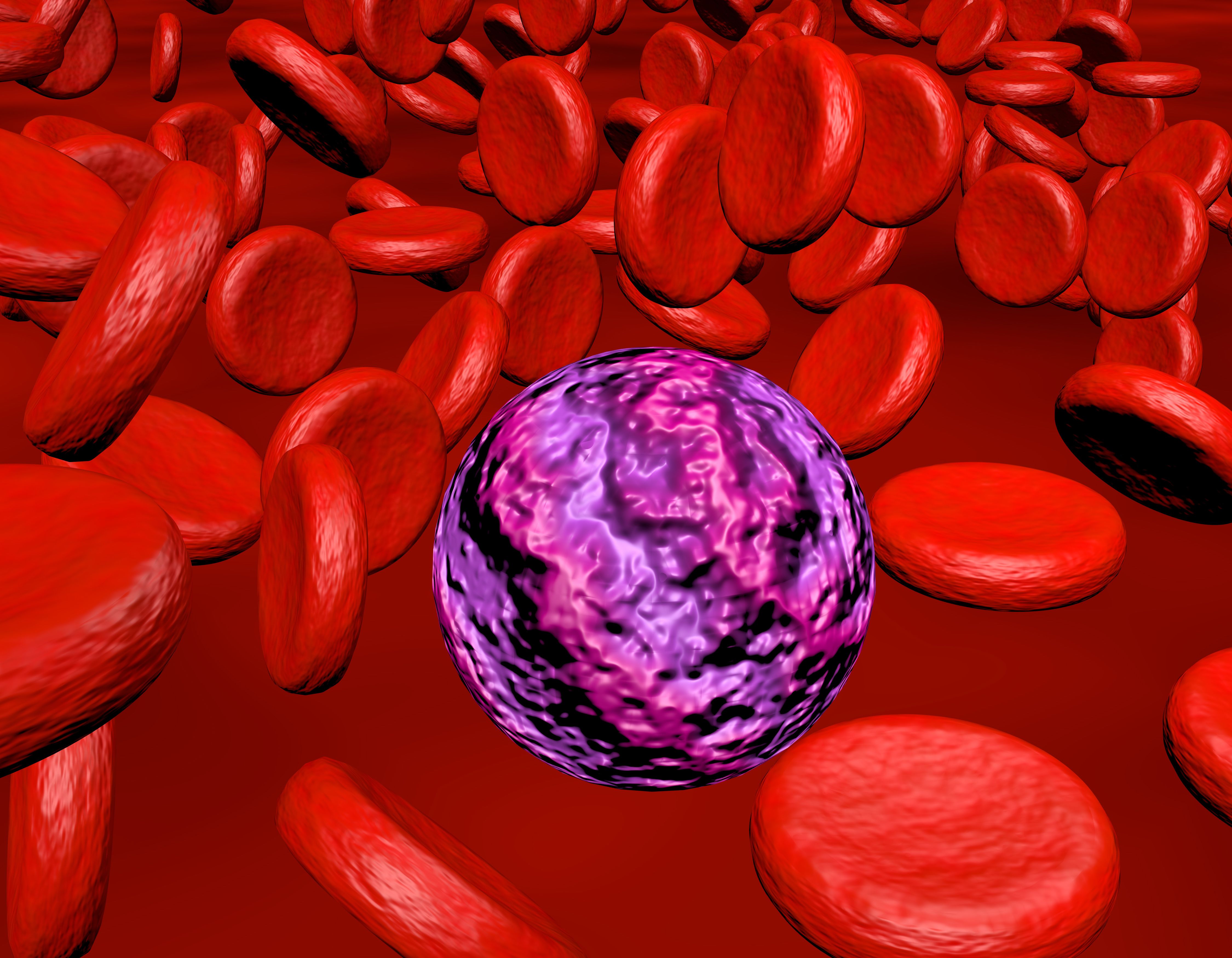Fecal Microbiota Transplant Yields no Effect on Infection Incidence in AML
Findings from a phase 2 study may inform the design of future trials assessing fecal microbiota transplants in patients with acute myeloid leukemia.
"A randomized trial in allogeneic HCT recipients with acute [graft-vs-host-disease; GVHD] as the primary end point and with stratification for GVHD prophylaxis and conditioning intensity is warranted," according to the authors of a phase 2 study (NCT03678493) published in Journal of Clinical Oncology.

Fecal microbiota transplantation (FMT) did not reduce infections among patients with acute myeloid leukemia who underwent allogeneic hematopoietic stem cell transplantation (HCT) or induction chemotherapy, according to findings from a phase 2 study (NCT03678493) published in the Journal of Clinical Oncology.
The study was intended to assess if FMT would improve clinical outcomes by limiting gut microbiota injury.
The 4-month infection density in the cohort of patients receiving HCT was 0.74 events per 100 patient-days in the FMT arm vs 0.91 events in the placebo arm. The mean cumulative number of events per patient at 120 days after the first dose was 0.89 (95% CI, 0.60-1.19) in the FMT arm and 1.09 (95% CI, 0.55-1.64) in the control arm, with an infection rate ratio of 0.83 (95% CI, 0.48-1.42; P = .49). This ratio declined to 0.70 (95% CI, 0.38-1.30; P = .26) following an adjustment for conditioning intensity.
The infection density in the AML cohort, which was comprised of patients receiving induction chemotherapy, was 0.93 in the FMT arm vs 1.25 in the placebo arm. The mean cumulative number of events per patient was 1.12 (95% CI, 0.57-1.67) and 1.50 (95% CI, 0.35-2.65), respectively, and the infection rate ratio was 0.74 (95% CI, 0.32-1.71; P = .48).
In both cohorts, data from subgroup analyses for bacterial and viral infections indicated that there was no treatment effect.
“The findings from this trial should inform the design of future definitive trials,” the investigators wrote.
“A randomized trial in allogeneic HCT recipients with acute [graft-vs-host-disease; GVHD] as the primary end point and with stratification for GVHD prophylaxis and conditioning intensity is warranted. Our observed small effect size for infection argues against using infection as the primary end point in future trials unless several hundred patients can be enrolled. If such a large trial is infeasible, we recommend limiting the inclusion criteria to patients with known or likely more severe microbiota injury, in whom the impact of FMT may be greater.”
The HCT cohort of this double-blind phase 2 trial included 74 patients, 49 of whom received FMT and 25 of whom received placebo. The AML cohort included 26 patients—18 in the FMT arm and 8 in the placebo arm.
The 2 arms of the HCT cohort had similar baseline characteristics. However, 63.3% vs 36.0% of patients in the FMT and placebo arms, respectively, received reduced-intensity conditioning, and 44.9% vs 76.0% received GVHD prophylaxis using a post-transplantation cyclophosphamide backbone. All patients received antibacterial antibiotics prior to their first dose of treatment, delivered at a median of 23 (range, 12-62) and 26 (range, 11-63) days after HCT in the FMT and placebo arms, respectively.
Baseline characteristics were also well-balanced in the AML cohort. Antibacterial antibiotics were administered to all patients before the first dose at a median of 43 (range, 25-78) and 38 (range, 27-67) days after the start of chemotherapy in the FMT and placebo arms, respectively.
The mean patient age at transplant was 52.4 and 54.3 years old in the HCT and AML cohorts, respectively.
Patients in both cohorts were randomly assigned 2:1 to receive third-party FMT or placebo, administered as 5 oral capsules taken together. Within 3 months of giving consent, patients who were re-exposed to antibiotics after this first dose could receive 2 more doses of the same treatment. Most patients received only 1 dose in both the HCT (n = 58) and AML (n = 16) cohorts.
The all-cause infection rate at 4 months following the first dose was the study’s primary end point. Secondary end points included the incidence of grade 2 to 4 acute GVHD and the frequency of bloodstream infection in the 7 days following each dose.
In the HCT cohort, acute GVHD was the most common grade 3 or higher adverse effect (AE), affecting 9 patients in the FMT arm and none in the placebo arm. Bloodstream infection occurred in 16.3% and 12.0% of patients in each respective arm.
Among patients in the AML cohort who proceeded to HCT, grade 2 to 4 acute GVHD affected 4 patients in the FMT arm and 1 in the placebo arm. Bloodstream infection was the most common grade 3 or higher AE in this cohort, which occurred in 55.6% vs 25.0% of those in the FMT and placebo arms, respectively.
“The increasing use of novel, primarily outpatient, antileukemia regimens reduced the pool of eligible inpatients, thereby slowing accrual,” the investigators concluded. “FMT trials targeting such patients who also have significant antibiotic exposure and [will] likely develop dysbiosis will be of interest. Finally, a larger total microbiota dose delivered over several days might improve engraftment and potentially treatment efficacy.”
Reference
Rashidi A, Ebadi M, Rehman TU, et al. Randomized double-blind phase II trial of fecal microbiota transplantation versus placebo in allogeneic hematopoietic cell transplantation and AML. J Clin Oncol. Published online May 26, 2023. doi:10.1200/JCO.22.02366